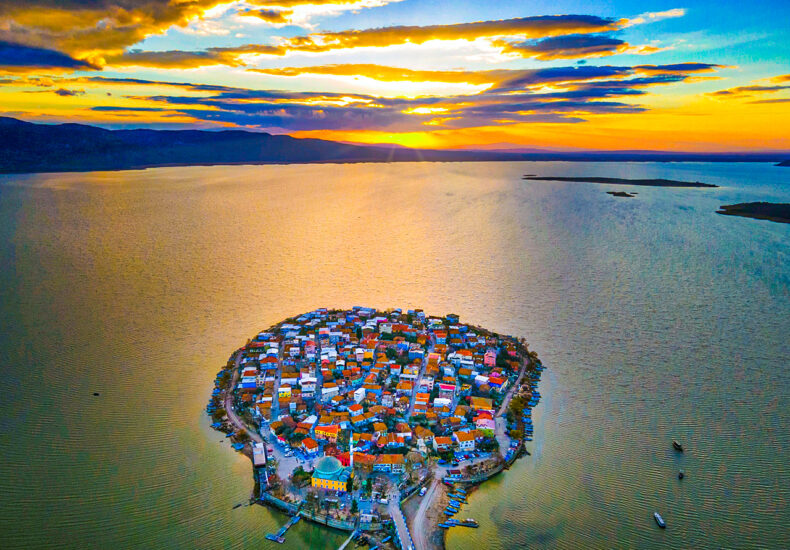
19th-Century Silk Workshop Unearthed in the Ancient City of Apollonia ad Rhyndacum, Bursa
Archaeologists in northwestern Türkiye have uncovered a 19th-century silk workshop hidden within the ruins of Simitçi Castle, part of the ancient city of Apollonia ad Rhyndacum in Bursa’s Gölyazı neighborhood. The find reveals a rare continuity between the city’s ancient industrial past and Bursa’s later fame as the “City of Silk.”
Led by Prof. Derya Şahin of Bursa Uludağ University, the excavation began in early July, focusing on the partially preserved fortification walls that once protected this Hellenistic settlement on the shores of Lake Uluabat. The work is supported by Nilüfer Municipality, which plans to integrate the site into Bursa’s growing heritage tourism route.
Unearthing Bursa’s Forgotten Silk Industry
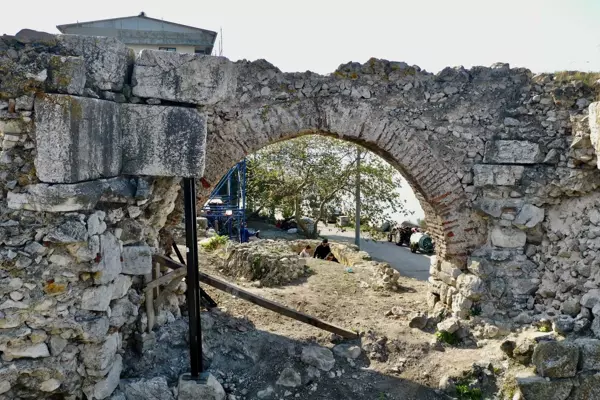
During restoration efforts at Simitçi Castle, archaeologists came across large iron nails and structural remnants consistent with vats used in silk processing. These traces pointed to a raw silk production workshop dating back to the early 19th century—when Bursa’s silk industry reached its height under the Ottoman Empire.
“The vats and associated remains clearly demonstrate silk manufacturing activity,” said Şahin. “This evidence not only expands our understanding of Gölyazı’s economic life but also strengthens Bursa’s historical link to silk craftsmanship.”
From Hellenistic Walls to Ottoman Workshops
The team has so far conserved 4.57 meters of the city wall’s original nine-meter height, with four towers still standing. The intervention followed a partial collapse in late 2023. “We removed nearly three truckloads of debris and stabilized the wall with filling materials and metal supports,” Şahin explained.
📣 Our WhatsApp channel is now LIVE! Stay up-to-date with the latest news and updates, just click here to follow us on WhatsApp and never miss a thing!!
Locally nicknamed “Simitçi Castle” for its ring-shaped form—resembling the Turkish bread simit—the fortress sits at the heart of Gölyazı, where daily life unfolds amid ancient ruins. Residents continue to fish, trade, and live among Byzantine stones and Ottoman houses overlooking the tranquil lake.
Apollonia ad Rhyndacum: The Ancient City Beneath Gölyazı
Once a major urban center in ancient Mysia, Apollonia ad Rhyndacum was named after the god Apollo and strategically positioned on a small peninsula. Its strong fortifications and lakeside access made it a key trade point from the Hellenistic to Byzantine periods, connecting inland Anatolia with the Marmara region.
Today, Gölyazı retains this layered identity—its cobbled streets echoing both antiquity and the Ottoman era. Each spring, migrating storks nest atop the ruins, symbolizing the continuity of life over centuries of change.
Reviving Bursa’s Silk Legacy
The discovery adds a new dimension to Bursa’s reputation as the historic hub of silk weaving. The city rose to prominence in the 14th century as a key stop on the Silk Road, later housing the famed Koza Han, where silk traders from across Asia and Europe gathered.
Even today, hand-woven Bursa silk fabrics and scarves are produced in nearby villages using centuries-old looms—a craft that this new find roots deeper into local history.
“Finding traces of silk production within an ancient fortress is truly exceptional,” Şahin said. “It shows how the silk industry extended beyond the city’s bazaars into rural settlements like Gölyazı.”
Preserving a Living Heritage
Initial stabilization at Simitçi Castle will conclude by November 28, followed by a broader restoration phase aimed at opening the site to visitors. Nilüfer Municipality plans to include it in a “Silk Heritage Route”, linking ancient Apollonia, Ottoman inns, and Bursa’s silk workshops.
For the city that once clothed empires in shimmering fabric, the rediscovery of a forgotten silk workshop is more than an archaeological event—it’s a revival of artistry, resilience, and memory woven across two millennia.
Cover Image: Aerial view of Gölyazı, ancient Apollonia ad Rhyndacum, surrounded by Lake Uluabat in Bursa, Türkiye. Credit: Cetintas555 – Wikipedia
You may also like
- A 1700-year-old statue of Pan unearthed during the excavations at Polyeuktos in İstanbul
- The granary was found in the ancient city of Sebaste, founded by the first Roman emperor Augustus
- Donalar Kale Kapı Rock Tomb or Donalar Rock Tomb
- Theater emerges as works continue in ancient city of Perinthos
- Urartian King Argishti’s bronze shield revealed the name of an unknown country
- The religious center of Lycia, the ancient city of Letoon
- Who were the Luwians?
- A new study brings a fresh perspective on the Anatolian origin of the Indo-European languages
- Perhaps the oldest thermal treatment center in the world, which has been in continuous use for 2000 years -Basilica Therma Roman Bath or King’s Daughter-
- The largest synagogue of the ancient world, located in the ancient city of Sardis, is being restored

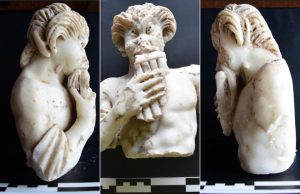
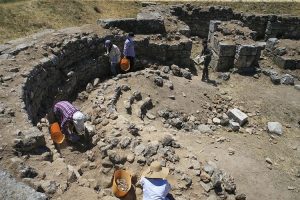
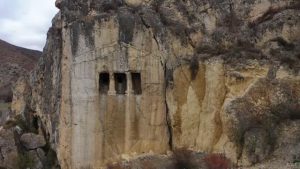
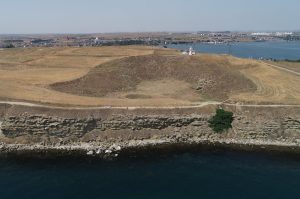
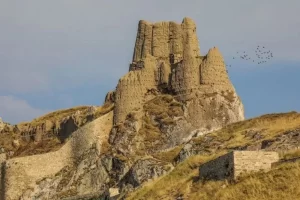
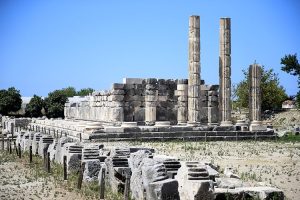


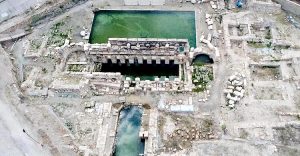
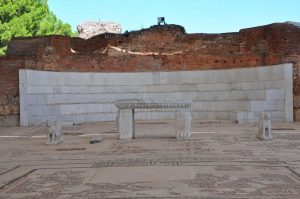
Leave a Reply